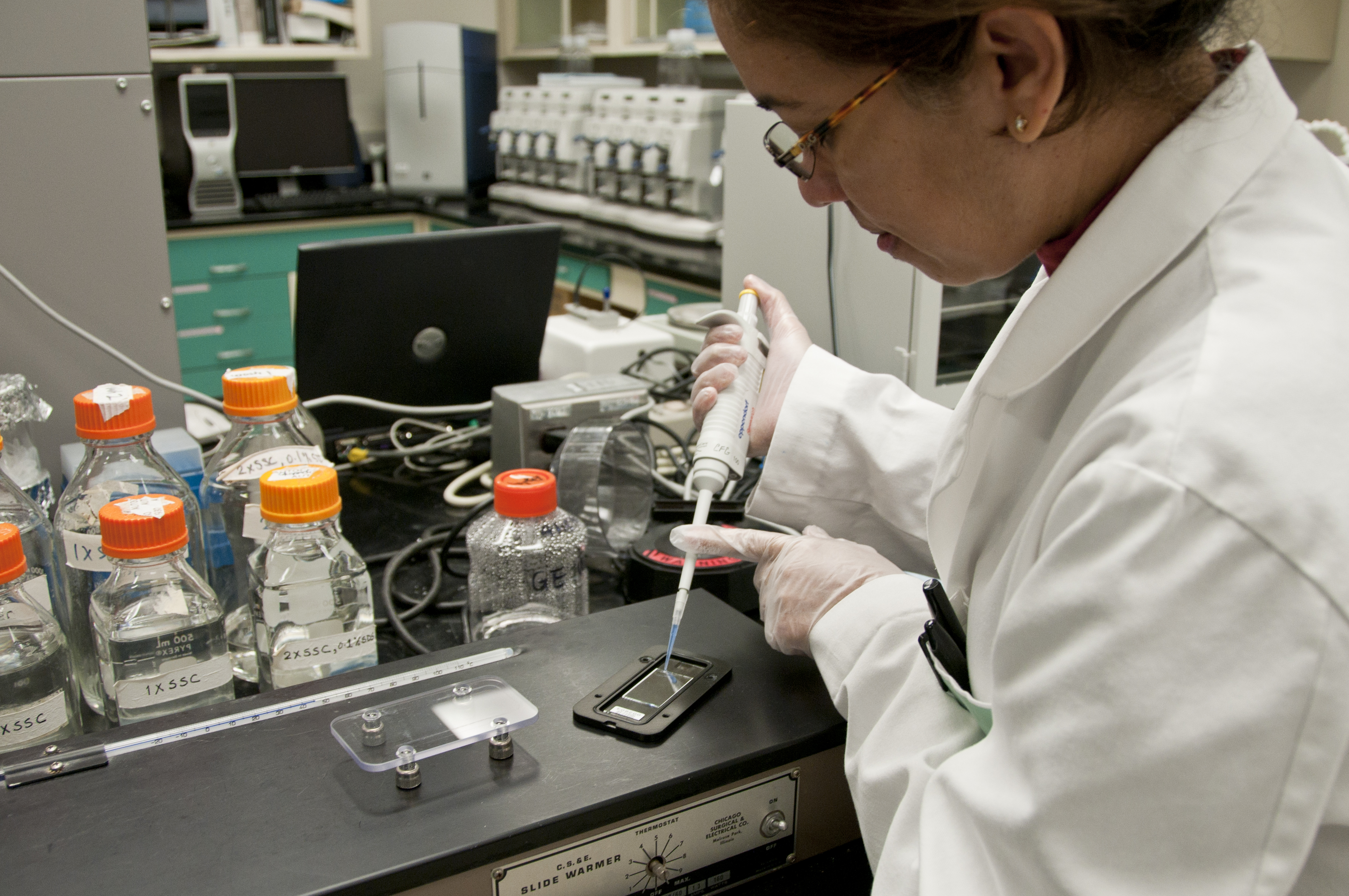
Photo from academic.microsoft.com
Disintegrins are a family of small cysteine-rich peptides, found in a wide variety of snake venoms of different phylogenetic origin. These peptides selectively bind to integrins, which are heterodimeric adhesion… Click to show full abstract
Disintegrins are a family of small cysteine-rich peptides, found in a wide variety of snake venoms of different phylogenetic origin. These peptides selectively bind to integrins, which are heterodimeric adhesion receptors that play a fundamental role in the regulation of many physiological and pathological processes, such as hemostasis and tumor metastasis. Most disintegrins interact with integrins through the RGD (Arg-Gly-Asp) sequence loop, resulting in an active site that modulates the integrin activity. Some variations in the tripeptide sequence and the variability in its neighborhood result in a different specificity or affinity toward integrin receptors from platelets, tumor cells or neutrophils. Recombinant forms of these proteins are obtained mainly through Escherichia coli, which is the most common host used for heterologous expression. Advances in the study of the structure-activity relationship and importance of some regions of the molecule, especially the hairpin loop and the C-terminus, rely on approaches such as site-directed mutagenesis and the design and expression of chimeric peptides. This review provides highlights of the biological relevance and contribution of recombinant disintegrins to the understanding of their binding specificity, biological activities and therapeutic potential. The biological and pharmacological relevance on the newest discoveries about this family of integrin-binding proteins are discussed.
Journal Title: Toxins
Year Published: 2018
Link to full text (if available)
Share on Social Media: Sign Up to like & get
recommendations!